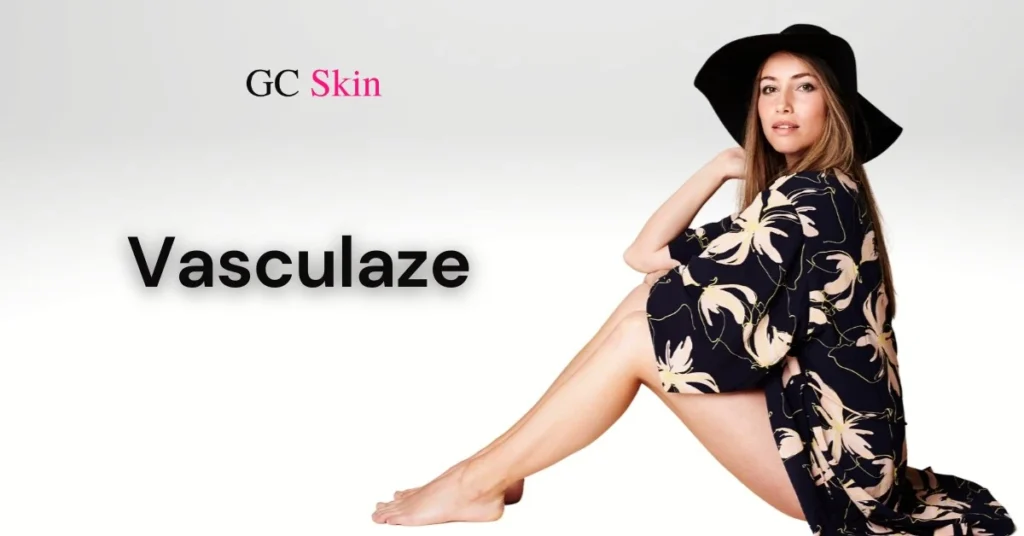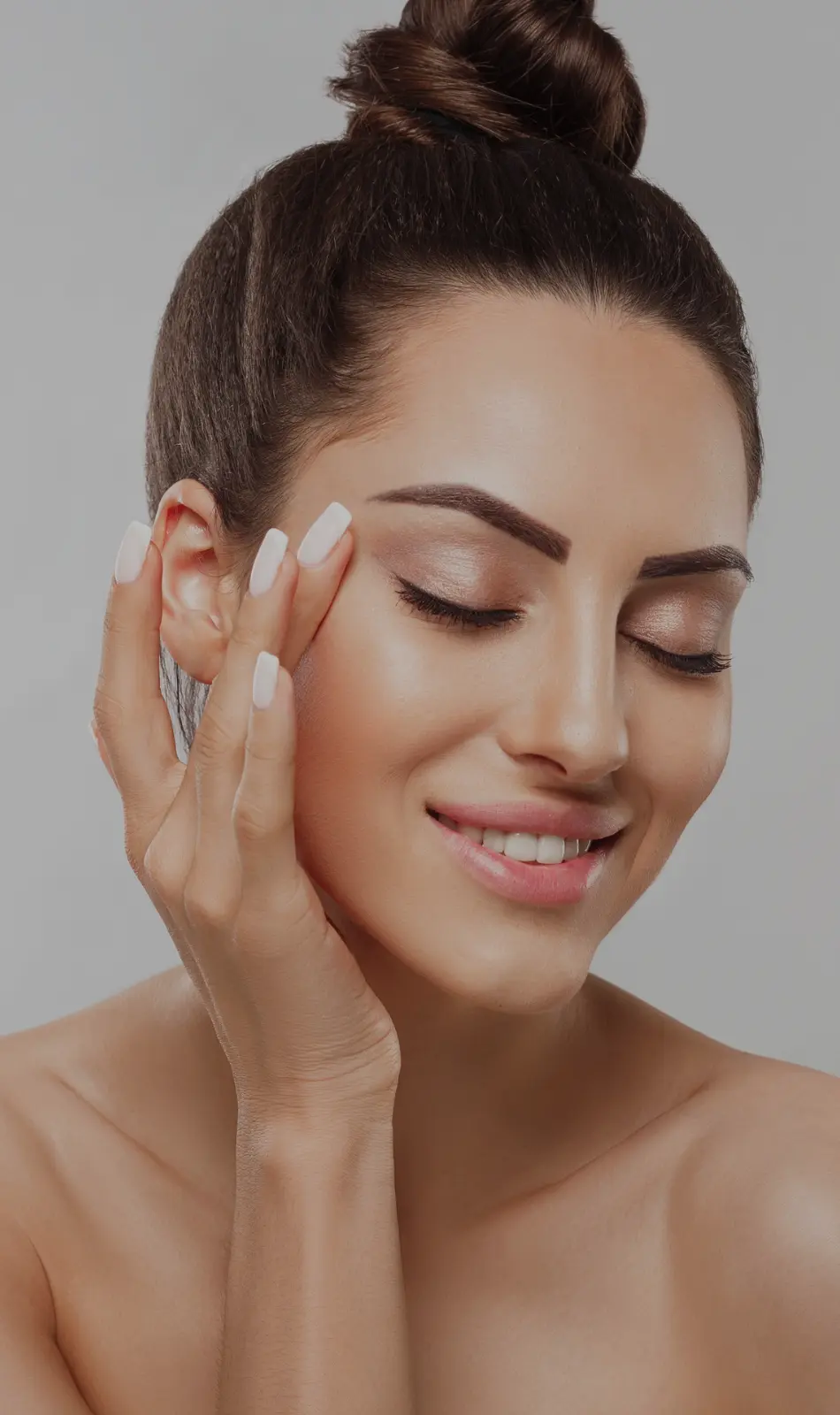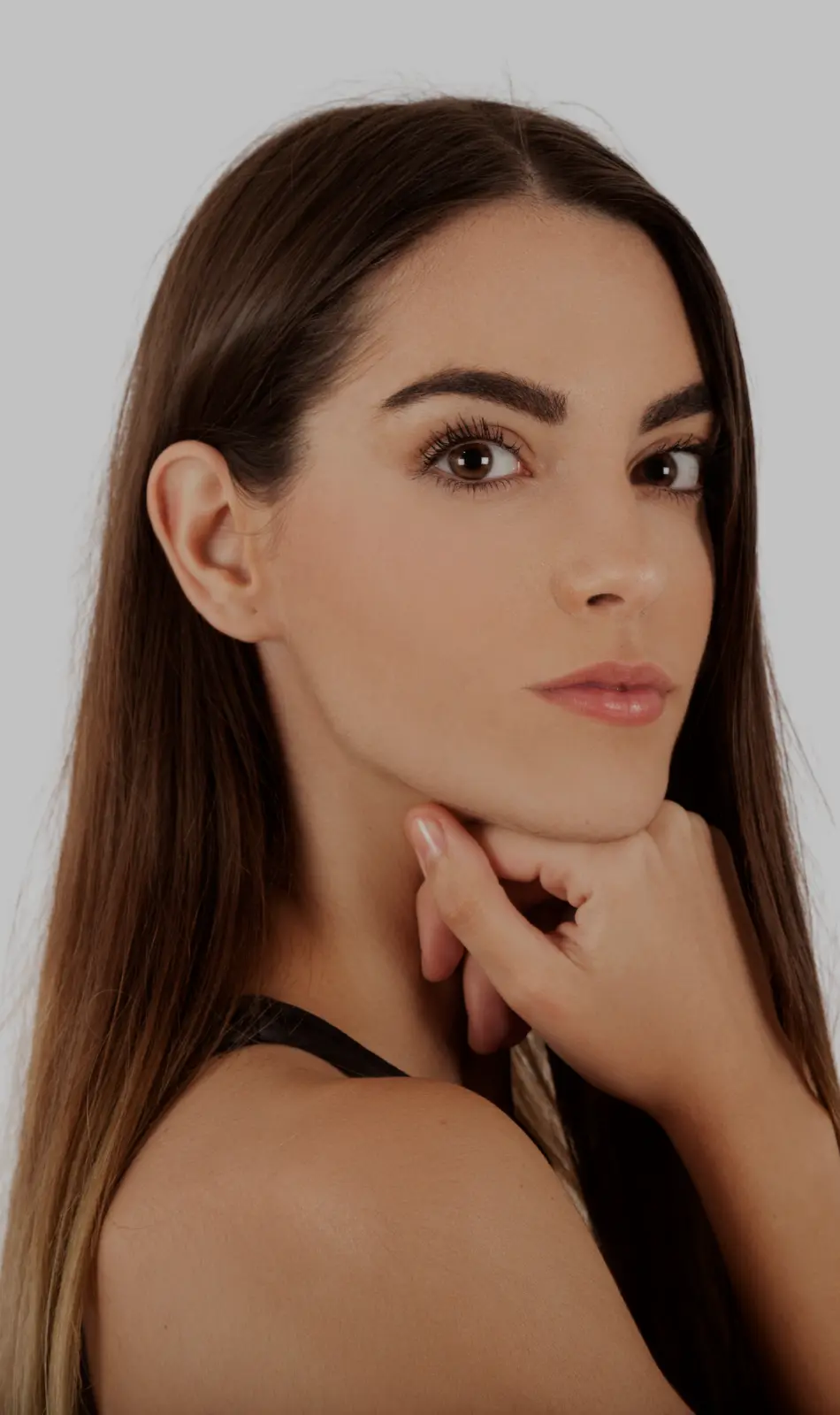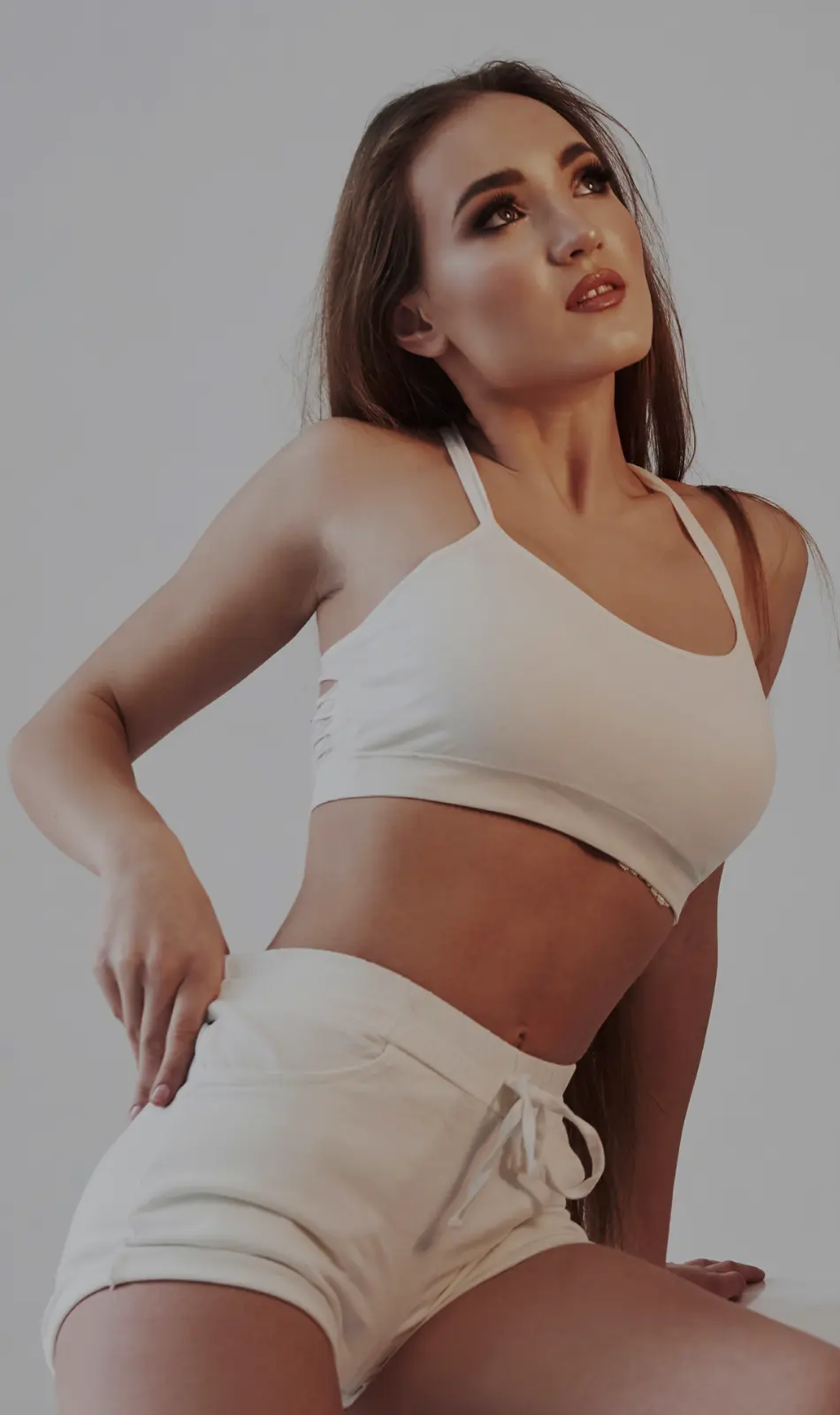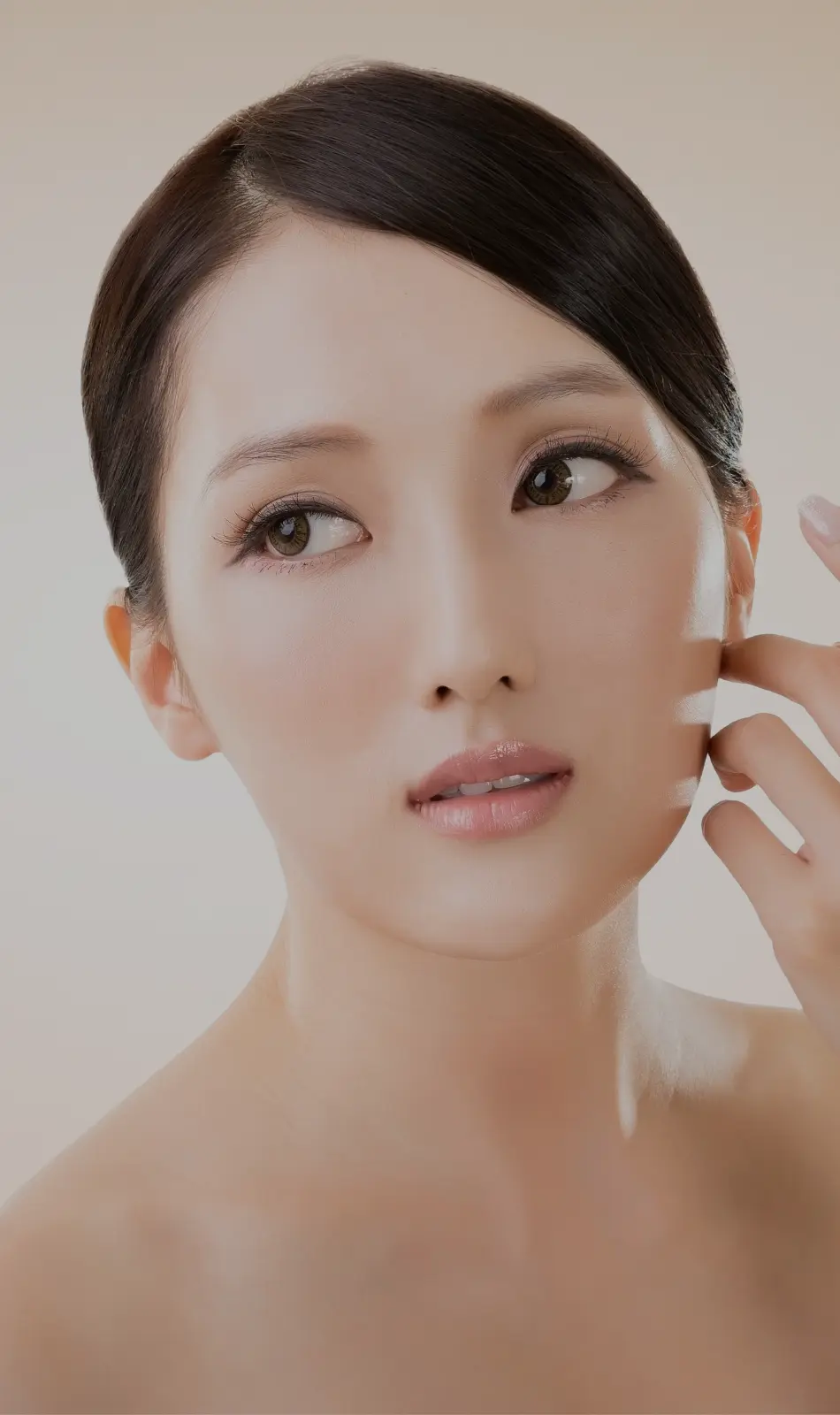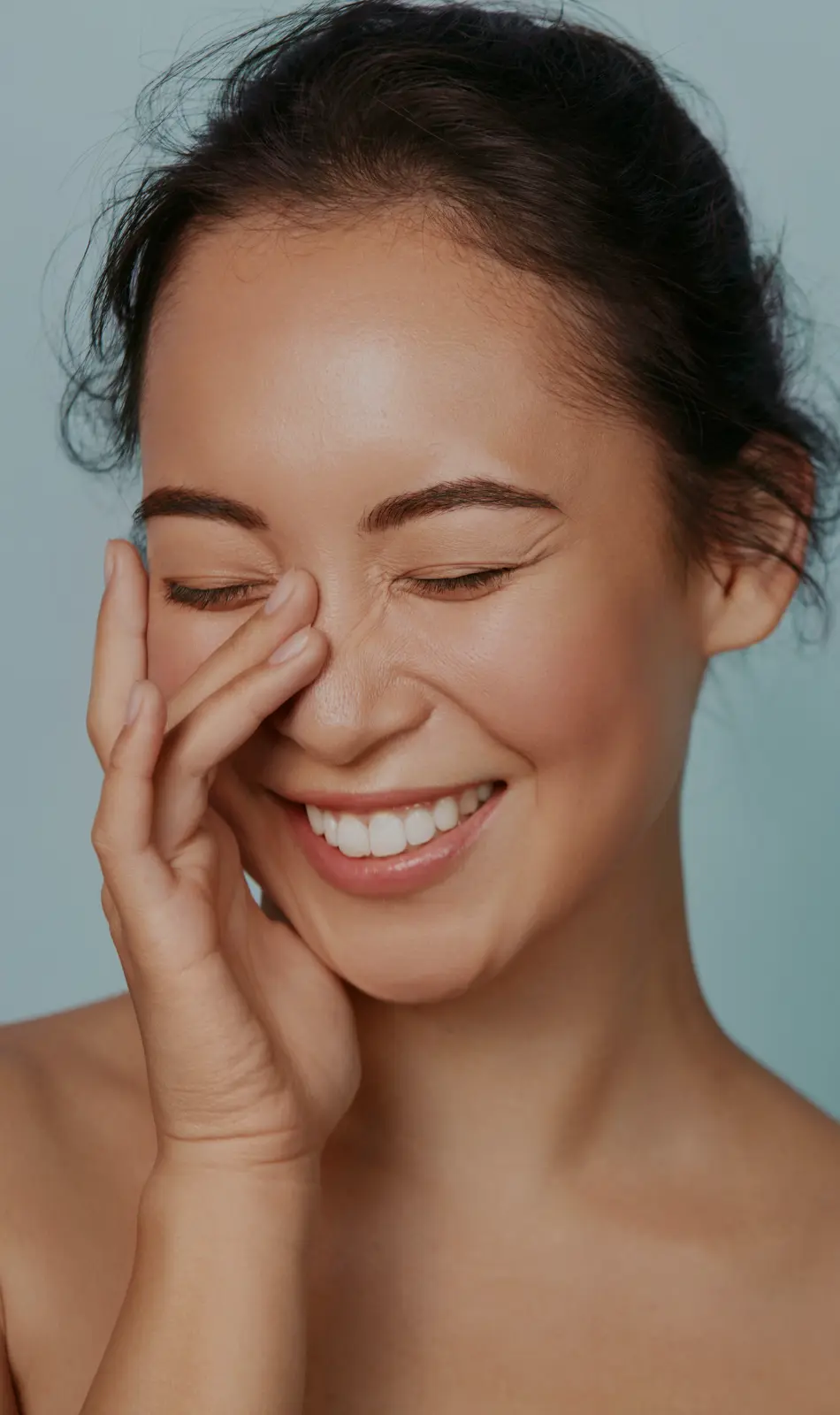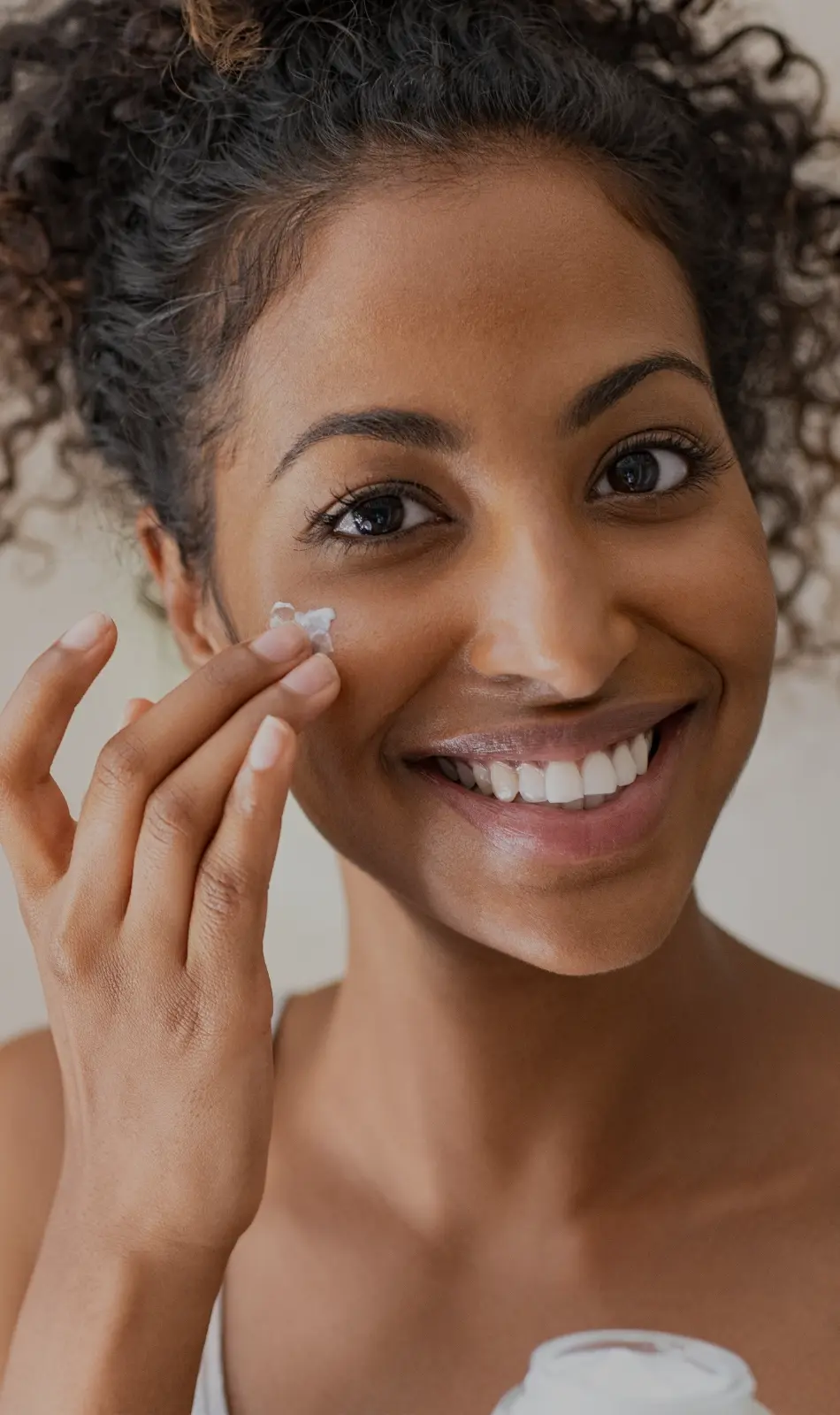Contraindications
- Saphenous insufficiency or severe varicosity
- Current or history of skin cancer, or current condition of any other type of cancer, or pre-malignant moles.
- Pregnancy and nursing.
- Impaired immune system due to immunosuppressive diseases such as AIDS and HIV or use of immunosuppressive medications.
- Patients with a history of diseases stimulated by heat, such as recurrent Herpes Simplex in the treatment area, may be treated only following a prophylactic regimen.
- Poorly controlled endocrine disorders, such as diabetes, thyroid dysfunction, and hormonal virilization.
- Any active condition in the treatment area, such as sores, psoriasis, eczema, and rash.
- History of skin disorders, keloids, abnormal wound healing, as well as very dry and fragile skin.
- Severe concurrent conditions, such as cardiac disorders, sensory disturbances, liver or kidney disorders.
- Use of Isotretinoin (Accutane®) within 6 months prior to treatment.
- Known skin photosensitivity or using drugs increasing skin photosensitivity.
- Diseases that may be stimulated by light, such as epilepsy, lupus and urticaria.
- Certain delay is recommended if other recent treatments like light, laser or RF were performed on the same area.
- Fresh tan from sun, sunbeds or chemicals.
- Vitiligo.
- Intra-dermal or superficial sub-dermal areas injected with Botox®/HA/collagen/fat injections or other augmentation methods with bio-material, before the product has been dissipated (up to 6 months), except Botox after binding to the facial muscles (3-7 days). It is possible to treat sooner over injectable products placed in the deep, periosteal plane as soon as the area has healed (1-3 weeks).
- Currently taking antibiotics.
- Any surgical procedure in the treatment area within the last three months or before complete healing.
- Facial laser resurfacing, facial dermabrasion, and deep chemical peeling within the last three months if face is being treated.
- Treating over tattoo or permanent makeup.
- Severe Varicosity
Before your procedure
- Avoid skin irritation or intentional skin tanning. Sunscreen SPF 30+ is advisable when outdoors two weeks prior to treatment.
- Arrive for treatment with clean skin. There should be NO LOTION, OIL, MAKE-UP, or SELF TANNING PRODUCTS present on the skin in the area to be treated.
- Patients with history of diseases stimulated by heat, such as recurrent Herpes Simplex in the treatment area, may be treated only following a prophylactic regime. Please call the office and let the provider know ahead of time so a prescription can be called in for you. The first dose should be taken PRIOR to treatment.
What to expect
- Immediately after treatment, you will have transient discomfort, redness/swelling. Bruising may occur 1-hour post treatment. Erythema among treated vessels referred to as “cat scratches”.
- May apply over the counter hydrocortisone or aloe vera for any discomfort.
- May experience darkening of vessels (blood coagulation), vessels loose sharp image (ink smudging), contraction and/or shrinkage of vessels, smaller vessels may disappear by vasoconstriction.
- To achieve ideal results, we typically recommend three sessions performed every 5-8 weeks, although some lesions may require more. Small capillaries usually become invisible after only one treatment.
- We will discuss realistic expectations and recommend the best course of treatment to deliver the highest quality of results to meet your needs. It is likely that you will develop more spider veins as time passes. Therefore, follow-up treatments may be necessary
After your procedure
- SPF and makeup can be applied immediately after treatment.
- There are no restrictions on bathing or using topical products.
- The use of a zinc oxide sun block SPF 30+ always is important with avoiding sun exposure for one week after treatment. In addition, the use of SPF should be maintained daily.
- Avoid sunlight exposure to the treated areas.
- Use a sunscreen with SPF30 or higher for 3 weeks following the treatment.
- It is recomended to continue to use sunscreen for several months following treatment to avoid prolonged redness or pigmentary changes.
- Moisturizer may be applied after each treatment
- Avoid swimming and contact sports while the skin is healing.
Precautions
- If you notice the onset of any of the following symptoms: excessive skin redness (erythema) and/or swelling (edema),damage to natural skin texture (crust, blister, burn), change of pigmentation (hyper- or hypo-pigmentation), scarring. Call our office immediately at (818) 458-9556 to speak with a provider. If the symptoms are severe, please call 911 or go to the emergency room.
Follow-up
- You will have several follow-up appointments after your procedure.
Contraindications
- Saphenous insufficiency or severe varicosity
- Current or history of skin cancer, or current condition of any other type of cancer, or pre-malignant moles.
- Pregnancy and nursing.
- Impaired immune system due to immunosuppressive diseases such as AIDS and HIV or use of immunosuppressive medications.
- Patients with a history of diseases stimulated by heat, such as recurrent Herpes Simplex in the treatment area, may be treated only following a prophylactic regimen.
- Poorly controlled endocrine disorders, such as diabetes, thyroid dysfunction, and hormonal virilization.
- Any active condition in the treatment area, such as sores, psoriasis, eczema, and rash.
- History of skin disorders, keloids, abnormal wound healing, as well as very dry and fragile skin.
- Severe concurrent conditions, such as cardiac disorders, sensory disturbances, liver or kidney disorders.
- Use of Isotretinoin (Accutane®) within 6 months prior to treatment.
- Known skin photosensitivity or using drugs increasing skin photosensitivity.
- Diseases that may be stimulated by light, such as epilepsy, lupus and urticaria.
- Certain delay is recommended if other recent treatments like light, laser or RF were performed on the same area.
- Fresh tan from sun, sunbeds or chemicals.
- Vitiligo.
- Intra-dermal or superficial sub-dermal areas injected with Botox®/HA/collagen/fat injections or other augmentation methods with bio-material, before the product has been dissipated (up to 6 months), except Botox after binding to the facial muscles (3-7 days). It is possible to treat sooner over injectable products placed in the deep, periosteal plane as soon as the area has healed (1-3 weeks).
- Currently taking antibiotics.
- Any surgical procedure in the treatment area within the last three months or before
Before your procedure
- Avoid skin irritation or intentional skin tanning. Sunscreen SPF 30+ is advisable when outdoors two weeks prior to treatment.
- Arrive for treatment with clean skin. There should be NO LOTION, OIL, MAKE-UP, or SELF TANNING PRODUCTS present on the skin in the area to be treated.
- Patients with history of diseases stimulated by heat, such as recurrent Herpes Simplex in the treatment area, may be treated only following a prophylactic regime. Please call the office and let the provider know ahead of time so a prescription can be called in for you. The first dose should be taken PRIOR to treatment.
What to expect
- Immediately after treatment, you will have transient discomfort, redness/swelling. Bruising may occur 1-hour post treatment. Erythema among treated vessels referred to as “cat scratches”.
- May apply over the counter hydrocortisone or aloe vera for any discomfort.
- May experience darkening of vessels (blood coagulation), vessels loose sharp image (ink smudging), contraction and/or shrinkage of vessels, smaller vessels may disappear by vasoconstriction.
- To achieve ideal results, we typically recommend three sessions performed every 5-8 weeks, although some lesions may require more. Small capillaries usually become invisible after only one treatment.
- We will discuss realistic expectations and recommend the best course of treatment to deliver the highest quality of results to meet your needs. It is likely that you will develop more spider veins as time passes. Therefore, follow-up treatments may be necessary
After your procedure
- SPF and makeup can be applied immediately after treatment.
- There are no restrictions on bathing or using topical products.
- The use of a zinc oxide sun block SPF 30+ always is important with avoiding sun exposure for one week after treatment. In addition, the use of SPF should be maintained daily.
- Avoid sunlight exposure to the treated areas.
- Use a sunscreen with SPF30 or higher for 3 weeks following the treatment.
- It is recomended to continue to use sunscreen for several months following treatment to avoid prolonged redness or pigmentary changes.
- Moisturizer may be applied after each treatment
- Avoid swimming and contact sports while the skin is healing.
Precautions
- If you notice the onset of any of the following symptoms: excessive skin redness (erythema) and/or swelling (edema),damage to natural skin texture (crust, blister, burn), change of pigmentation (hyper- or hypo-pigmentation), scarring. Call our office immediately at (818) 458-9556 to speak with a provider. If the symptoms are severe, please call 911 or go to the emergency room.
Follow-up
- You will have several follow-up appointments after your procedure.



